Why Metaphor Poetry Speaks to the Soul
Metaphors are the heartbeat of poetry, respiration life into terms and giving them a deeper experience of which means that. Instead of plain descriptions, they devise wonderful pics that stir the imagination and emotions of the reader. Think of poetry as a canvas, and metaphors because of the bold brushstrokes that remodel simple lines into powerful expressions. By weaving layers of evaluation and symbolism, metaphors permit poets to speak feelings, thoughts, and research in a manner that resonates on a deeper degree. Exploring the function of metaphors in poetry well-known shows how they release creativity, turning normal language right into a source of splendor, concept, and undying expression.
Metaphors for Poetry
1. Rainbow of Emotions
Meaning: A big form of feelings and moods.
Example: Her poetry found a rainbow of feelings, shifting from sorrow to want without problems.
Other Ways to Say: Spectrum of Feelings, Palette of Emotions.
2. Whispers of the Wind
Meaning: Subtle, moderate expressions that supply intensity.
Example: His words had been like whispers of the wind—quiet, but complete of meaning.
Other Ways to Say: Gentle Murmurs, Soft Utterances.
3. Dance of Words
Meaning: Language that flows rhythmically and with electricity.
Example: The verses regarded to carry out a dance of phrases, alive with rhythm and movement.
Other Ways to Say: Word Ballet, Rhythmic Flow.
4. Garden of Thoughts
Meaning: A collection of mind and reflections that flourish like vegetation.
Example: Her journal became a garden of thoughts, each concept blooming into creativity.
Other Ways to Say: Orchard of Ideas, Field of Reflections.
5. Stars of Imagination
Meaning: Sparkling modern factors that mild up writing.
Example: The author filled his story with stars of imagination that captivated readers.
Other Ways to Say: Creative Constellations, Gems of Imagination.
See also “Blue Metaphors That Capture the Beauty of Language“
6. Silent Symphony
Meaning: Harmony created without terms or sound.
Example: The pauses amongst strains shaped a silent symphony that spoke louder than phrases.
Other Ways to Say: Wordless Melody, Quiet Harmony.
7. Ocean of Possibilities
Meaning: Endless opportunities or interpretations.
Example: Poetry offers an ocean of opportunities, inviting readers to find out freely.
Other Ways to Say: Infinite Options, Vast Opportunities.
8. Mountain of Metaphors
Meaning: An overwhelming abundance of figurative expressions.
Example: His speech becomes a mountain of metaphors, every one taller than the very last.
Other Ways to Say: Heap of Comparisons, Figurative Peak.
9. Sunshine in Words
Meaning: Expressions that unfold positivity and heat.
Example: Her tale has turned out to be like sunshine in phrases, bringing pleasure to anybody who studies it.
Other Ways to Say: Bright Expressions, Radiant Language.
10. Journey of Similes
Meaning: A contemporary exploration via comparisons.
Example: The novel carried readers on an adventure of similes, connecting the familiar with the extremely good.
Other Ways to Say: Expedition of Similarities, Adventure of Comparisons.

11. Moonlit Metaphors
Meaning: Language that feels calm, serene, and reflective.
Example: His moonlit metaphors gave the poem a non violent, dreamlike tone.
Other Ways to Say: Reflective Phrasing, Nighttime Comparisons.
12. Fireworks of Expression
Meaning: Language that bursts with strength and brilliance.
Example: The poet’s strains were fireworks of expression, excellent with emotion.
Other Ways to Say: Vibrant Language, Sparkling Phrases.
13. River of Words
Meaning: A non-prevent, flowing style of writing.
Example: Her speech has become a river of words, smooth and uninterrupted.
Other Ways to Say: Flowing Language, Endless Expressions.
14. The Glimmer of Simplicity
Meaning: The splendor of expressing deep thoughts in plain terms.
Example: His verses carried a glimmer of simplicity, making the complex mind smooth to understand.
Other Ways to Say: Simple Elegance, Touch of Clarity.
15. Mosaic of Metaphors
Meaning: A several series of figurative expressions woven together.
Example: The poem fashioned a mosaic of metaphors, every adding to its beauty.
Other Ways to Say: Figurative Collage, Pattern of Comparisons.
16. Sunset of Words
Meaning: Expressions that seize splendor in endings and transitions.
Example: The creator’s description created a sundown of phrases, reflecting closure with grace.
Other Ways to Say: Dusk Descriptions, Twilight Expressions.
17. Heartbeat of Language
Meaning: Words that pulse with lifestyles and emotion.
Example: His storytelling carried the pulse of language, alive with ardour.
Other Ways to Say: Emotional Rhythm, Living Words.
18. Seeds of Imagination
Meaning: Ideas that inspire creativity and growth.
Example: She planted seeds of imagination in her readers’ minds, sparking infinite creativity.
Other Ways to Say: Creative Seeds, Cultivating Inspiration.
19. Snowflakes of Similes
Meaning: Comparisons which might be touchy and specific.
Example: Each smile within the poem has grown to be like a snowflake—lovely and taken into attention considered one of a kind.
Other Ways to Say: Unique Comparisons, Fragile Similarities.
20. Echoes of Metaphors
Meaning: Figurative expressions that linger inside the mind.
Example: The writer’s metaphors left echoes prolonged after the poem ended.
Other Ways to Say: Resonant Language, Lingering Comparisons.
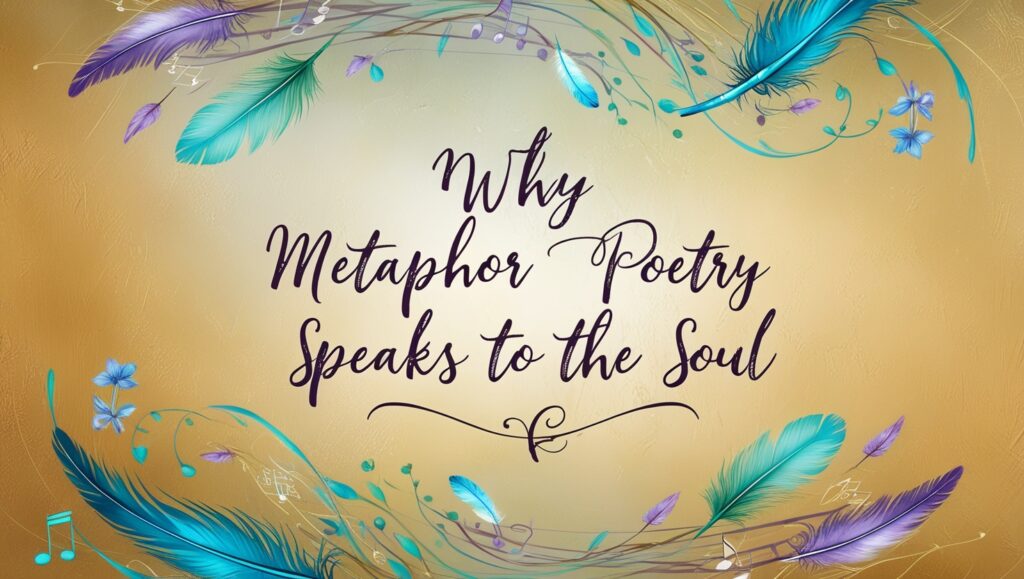
21. Footprints of Figurative Language
Meaning: Expressions that go away long lasting have an impact on.
Example: His verses left footprints of figurative language, marking the reader’s heart.
Other Ways to Say: Imprints of Expression, Lasting Phrases.
22. Harmony of Comparisons
Meaning: A seamless blending of numerous figurative expressions.
Example: She carried out a concord of comparisons, weaving metaphors and similes into one.
Other Ways to Say: Unified Comparisons, Balanced Expressions.
23. Blueprint of Emotion
Meaning: An established way of expressing deep emotions.
Example: Love, loss, and preference are all mapped out in his poetry, which has evolved into an emotional blueprint.
Other Ways to Say: Emotional Framework, Map of Feelings.
24. Blossoms of Figurative Language
Meaning: The flourishing of creativity in writing.
Example: Her verses blossomed with figurative language, each line blooming vividly.
Other Ways to Say: Creative Blooms, Expressive Flowers.
25. Sculpture of Words
Meaning: Crafting language with artistry and precision.
Example: He carved a sculpture of terms, shaping emotions into literary artwork.
Other Ways to Say: Artistic Expressions, Crafted Language.
26. Lantern of Meaning
Meaning: Words that light up hidden truths or minds.
Example: His poem served as a lantern of meaning, guiding readers via the darkness of false impression.
Other Ways to Say: Beacon of Insight, Light of Understanding.
27. Bridge of Imagination
Meaning: Connecting truth with creativity via language.
Example: Storytelling is a bridge of creativeness, linking the ordinary with the fantastic.
Other Ways to Say: Pathway of Creativity, Connection of Ideas.
28. Canvas of Dreams
Meaning: A location in which mind and aspirations are painted with terms.
Example: Her novels have become a canvas of desires, packed with sunglasses of preference and longing.
Other Ways to Say: Painted Aspirations, Dream Portrait.
29. Mirror of the Soul
Meaning: Writing that presents internal emotions and emotions.
Example: His verses acted as a reflection of the soul, revealing what terms on my own couldn’t say.
Other Ways to Say: Reflection of the Heart, Emotional Mirror.
30. Threads of Expression
Meaning: Words woven collectively to create this means that and beauty.
Example: The poet stitched threads of expression right proper into a tapestry of feelings.
Other Ways to Say: Woven Language, Fabric of Words.
MCQs
1. Why are metaphors considered the heartbeat of poetry?
A) Because they use literal meanings only
B) Because they add rhythm and rhyme
C) Because they give deeper meaning and stir emotions
D) Because they replace similes
Answer: C
2. In the article, poetry is compared to a canvas. What role do metaphors play in this comparison?
A) Background colors
B) Bold brushstrokes that transform lines
C) Frames for the painting
D) Shadows of the image
Answer: B
3. What is the main function of metaphors in poetry?
A) To simplify grammar rules
B) To communicate feelings and ideas through symbolism
C) To replace rhyme and rhythm
D) To shorten complex poems
Answer: B
4. The metaphor “Rainbow of Emotions” refers to:
A) The beauty of nature in poetry
B) A wide variety of feelings and moods
C) Colors used in poetic imagery
D) Brightness of happiness only
Answer: B
5. “Whispers of the Wind” symbolizes:
A) Powerful and loud expressions
B) Subtle, gentle words with depth
C) Meaningless noise in writing
D) Rhythm and rhyme patterns
Answer: B
6. The phrase “Dance of Words” suggests:
A) Words that move rhythmically and with energy
B) Unrelated and scattered expressions
C) A poem that is silent and static
D) Language without creativity
Answer: A
7. The metaphor “Garden of Thoughts” means:
A) A field filled with random words
B) Ideas that grow and flourish like plants
C) A place to rest and relax
D) Nature-inspired writing only
Answer: B
8. What do “Stars of Imagination” represent?
A) Nighttime imagery
B) Small, unimportant ideas
C) Sparkling creative elements in writing
D) Confusing comparisons
Answer: C
9. Which metaphor describes “endless opportunities in poetry”?
A) River of Words
B) Mountain of Metaphors
C) Ocean of Possibilities
D) Lantern of Meaning
Answer: C
10. If a poem is described as a “Silent Symphony,” it means:
A) It contains no emotions
B) Its pauses and silence create harmony
C) It is written without rhythm
D) It only uses similes
Answer: B
11. The phrase “Mirror of the Soul” highlights writing that:
A) Reflects inner emotions and feelings
B) Focuses only on physical beauty
C) Avoids personal expression
D) Mirrors another writer’s style
Answer: A
12. “Language that bursts with brilliance” is best described by which metaphor?
A) Fireworks of Expression
B) Seeds of Imagination
C) Threads of Expression
D) Snowflakes of Similes
Answer: A
13. Which metaphor illustrates closure or beauty in endings?
A) Sunset of Words
B) Bridge of Imagination
C) Blossoms of Figurative Language
D) Footprints of Figurative Language
Answer: A
14. What does “Lantern of Meaning” symbolize in poetry?
A) Confusing and hidden ideas
B) Words that bring clarity and insight
C) Decorative but empty language
D) Repetition of common phrases
Answer: B
15. The metaphor “Threads of Expression” conveys the idea of:
A) Words woven together to create beauty and meaning
B) Short and broken language
C) Weak and scattered phrases
D) A single idea repeated
Answer: A
Summary
Metaphors are at the heart of poetry, remodeling ordinary phrases into expressions that convey deep meanings and emotion. They function with ambitious brushstrokes on the canvas of poetry, helping writers communicate feelings, ideas, and reviews in methods that contact the imagination and soul of the reader. Through symbolism and layered comparisons, metaphors make poetry timeless, beautiful, and inspiring.
The article also explores 30 effective metaphors used to explain poetry and language—along with Rainbow of Emotions, Garden of Thoughts, Silent Symphony, Ocean of Possibilities, Fireworks of Expression, and Mirror of the Soul. Each metaphor highlights how poetry displays human emotion, sparks creativeness, and creates lasting impact. Together, these expressions show that poetry isn’t always just written words, however a dwelling art shape that connects creativity with human experience.
Read more about Metaphors At Idiomsinsider
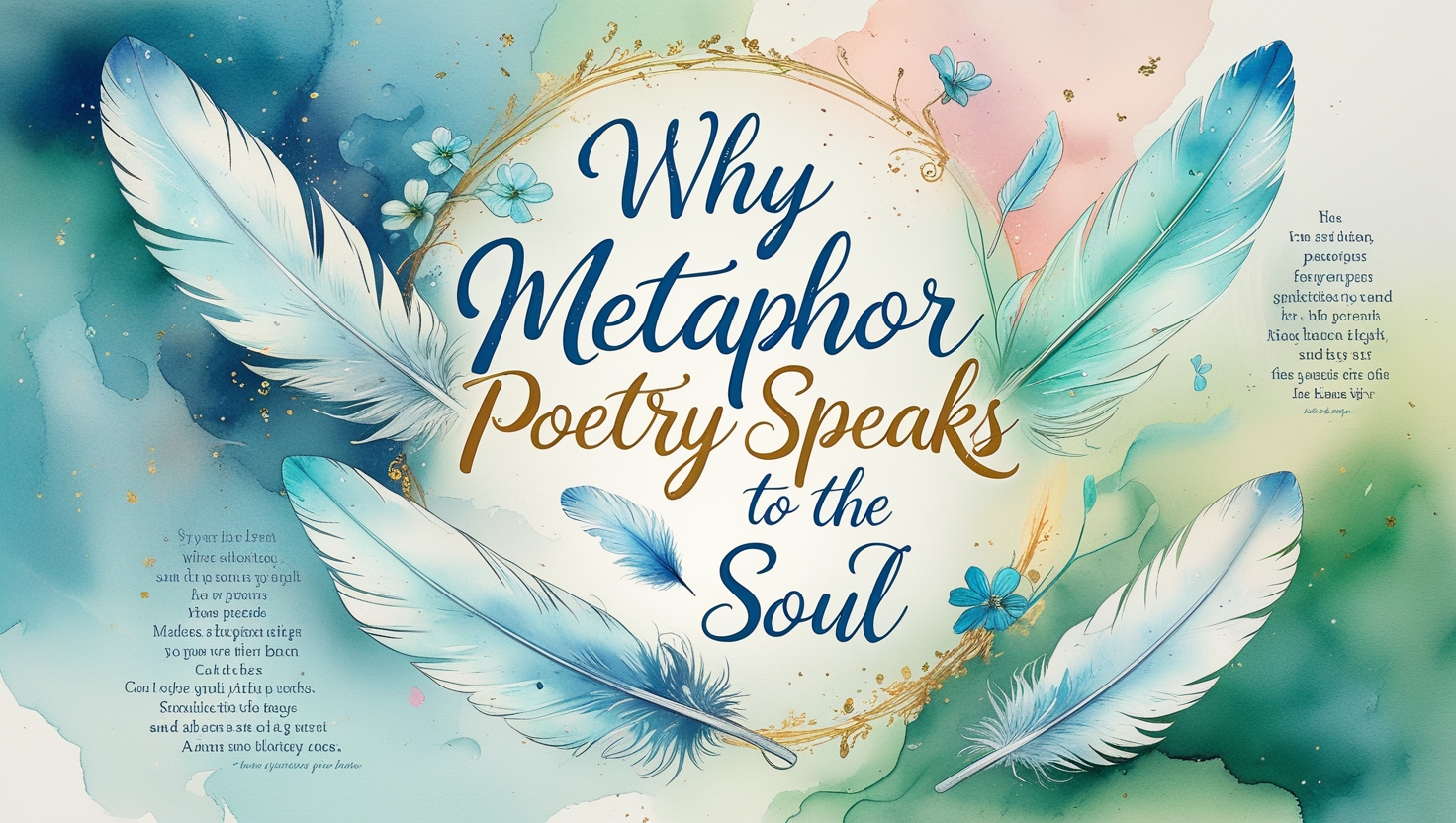
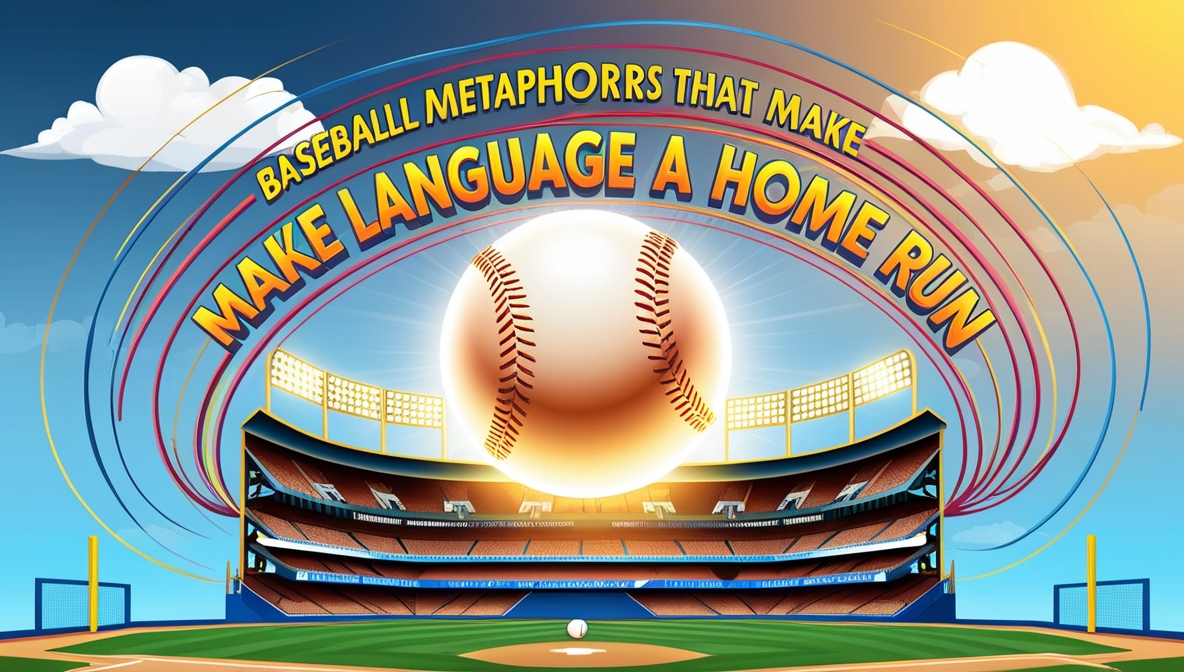
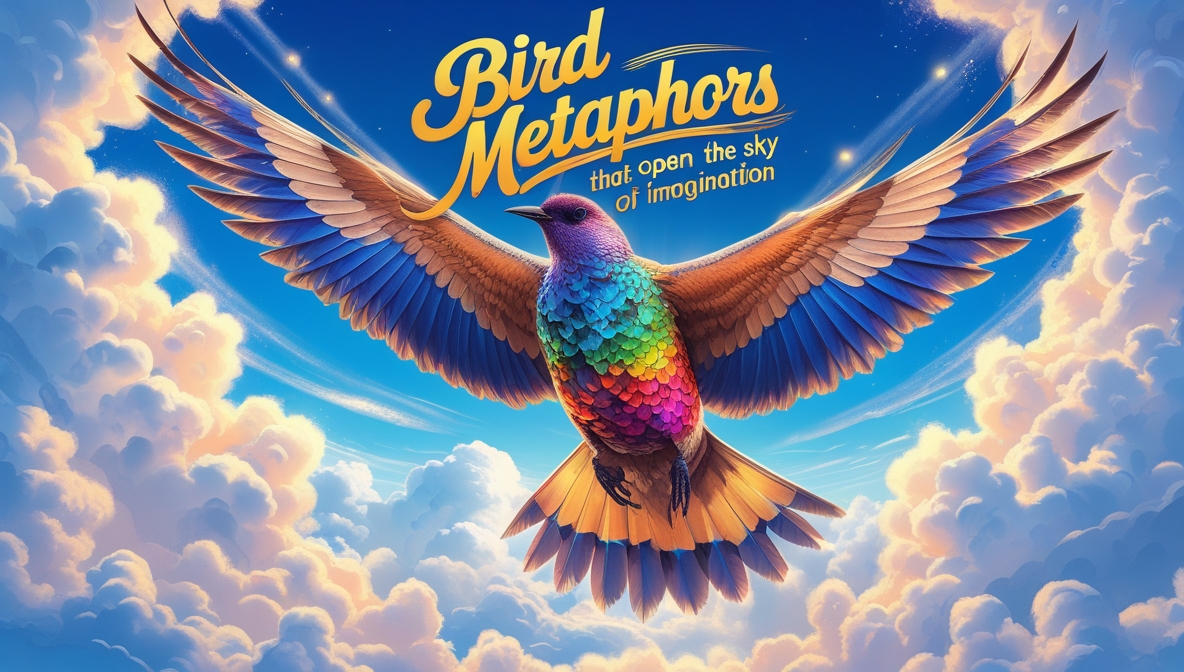
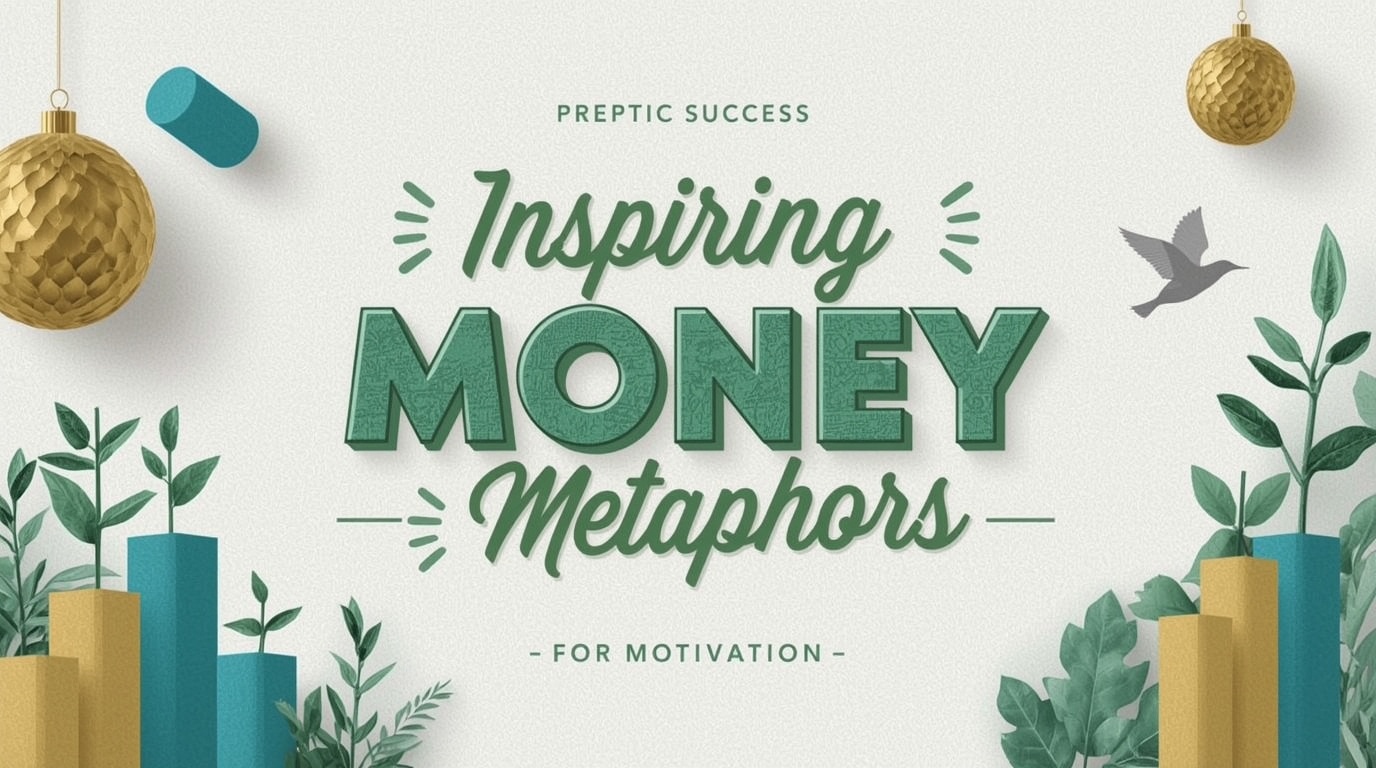
Post Comment